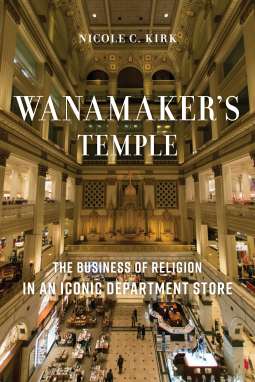 |
The Golden Ratio
by Gary Meisner ISBN-13: 9781631064869 Hardback: 224 pages Publisher: Race Point Publishing Released: October 23, 2018 |
Source: ebook review copy from the publisher through NetGalley.
Book Description, Modified from Goodreads:
The Golden Ratio examines the presence of this divine number in art and architecture throughout history, as well as its ubiquity among plants, animals, and even the cosmos. This gorgeous book features clear, entertaining, and enlightening commentary alongside stunning full-color illustrations by Venezuelan artist and architect Rafael Araujo.
From the pyramids of Giza, to quasicrystals, to the proportions of the human face, the golden ratio has an infinite capacity to generate shapes with exquisite properties.
With its layflat dimensions that closely approximate the golden ratio, this is the ultimate coffee table book for math enthusiasts, architects, designers, and fans of sacred geometry.
My Review:
The Golden Ratio is a look at phi and if it really is found in art, architecture, and nature as much as is claimed. The author started with a history of the development of phi and how it relates to pi. I enjoy math, but the author didn't spend much time explaining phi at a common person's level, so his points and formulas were sometimes lost on me. I assume the target audience is mathematicians and such who already understand how phi is used.
The author then talked about how the Golden Ratio has been used and can be found in things like art, architecture, nature, logos and even at a molecular level. He talked about his Golden Ratio finding software and how this has been used to examine art, architecture, etc., to see if the Golden Ratio really is found. He would show a picture of the object with these ratios overlaid as outline-only boxes of different colors.
Unfortunately, the boxes often weren't clear either due to overlaps (several boxes starting along the same line but only one color being shown) or the box's line color blending in with the background color. He strongly made the point that the Golden Ratio was found in these things. But unless he explained the starting and ratio points in the text (and sometimes he did), I often couldn't clearly see what the boxes were showing and so couldn't appreciate the full impact. Perhaps these boxes will be easier to see in the printed book. While a lovely book, I felt like I wasn't understanding enough of what was explained or shown in the book.
If you've read this book, what do you think about it? I'd be honored if you wrote your own opinion of the book in the comments.






